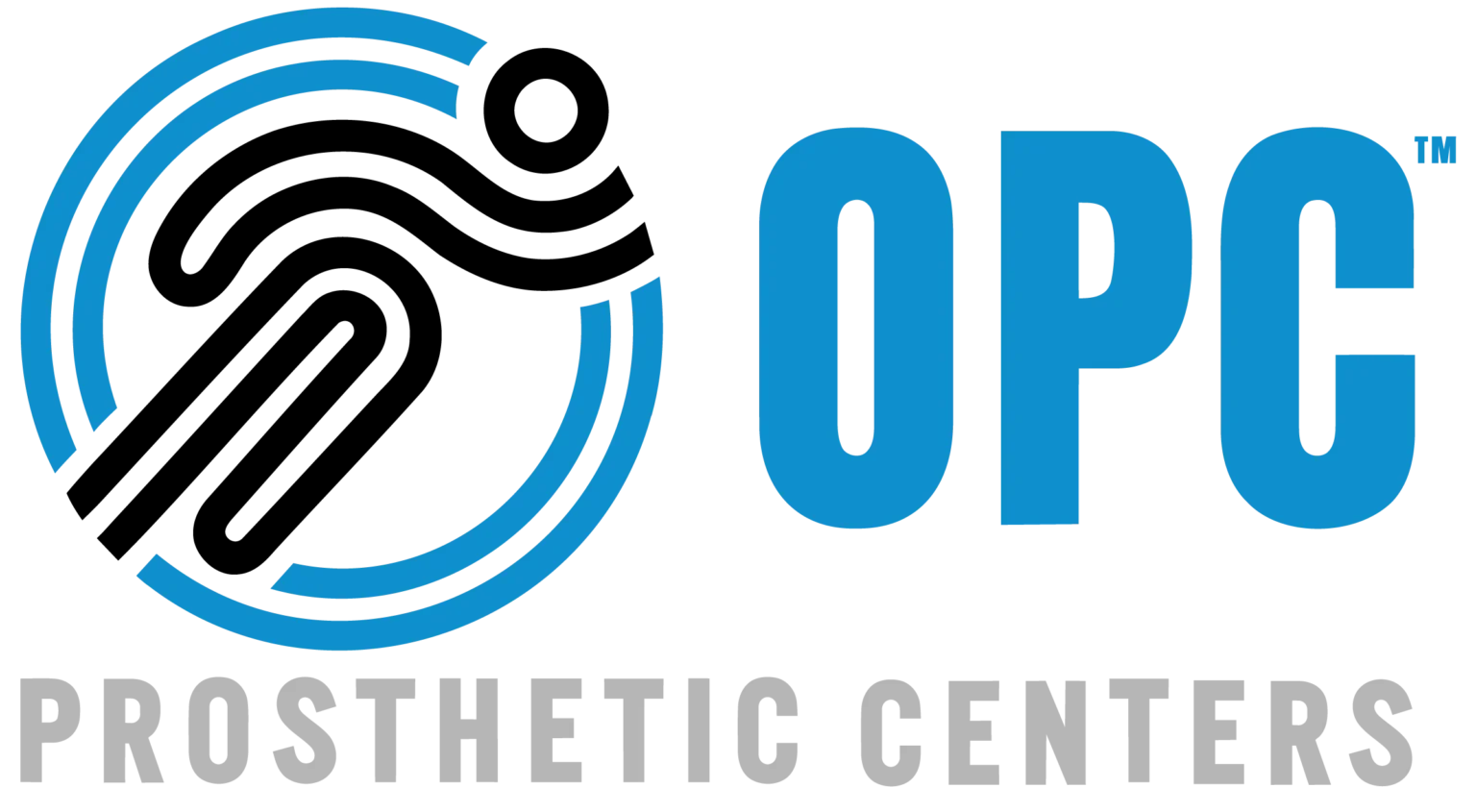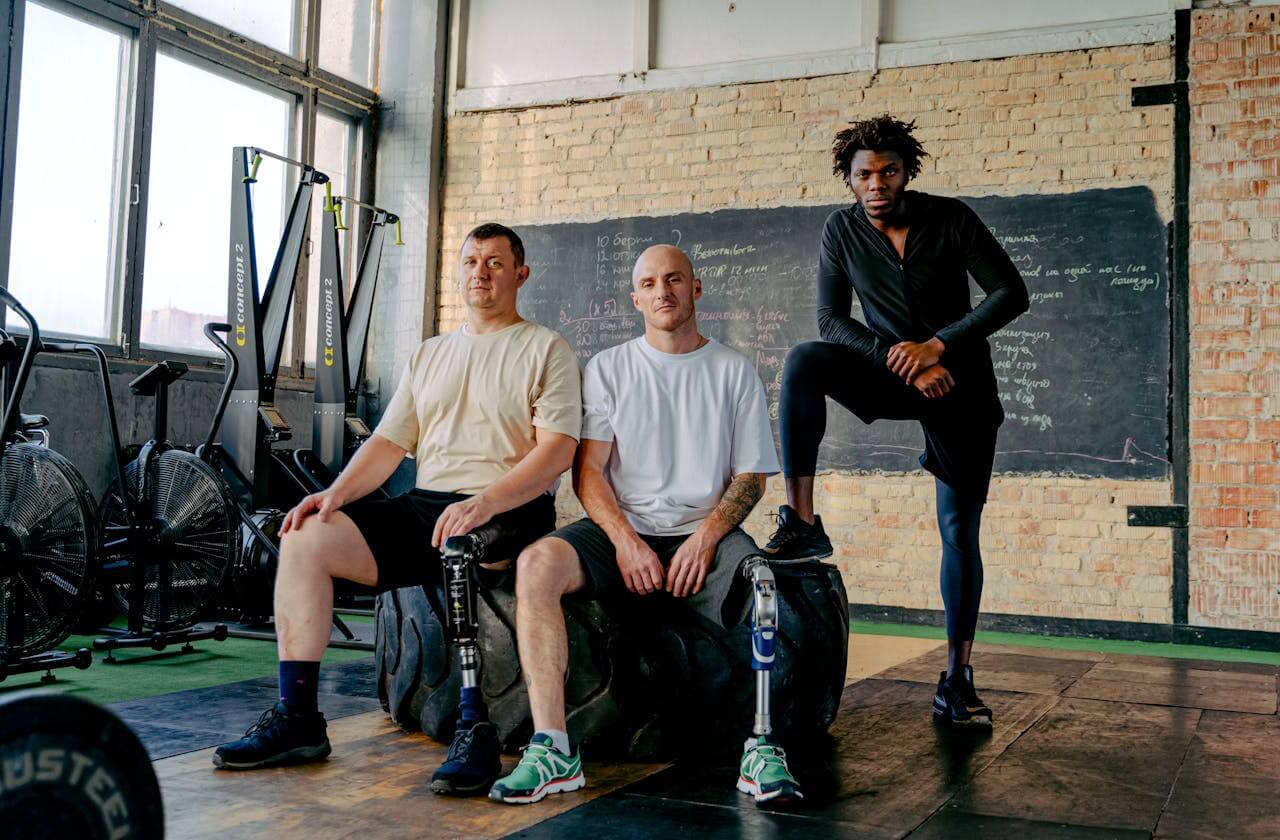Rehabilitation centers play a critical role in helping individuals adapt to life with prosthetics. Whether someone has experienced a traumatic injury, a health condition that required amputation, or was born with limb differences, the path to recovery is unique for every individual. Prosthetic rehabilitation is about more than just fitting a new limb; it involves physical, emotional, and psychological adaptation. Rehabilitation centers are at the forefront of customizing care programs that cater to the specific needs of prosthetic users, helping them regain independence, mobility, and confidence.
In this article, we explore how rehabilitation centers tailor their programs to fit the unique requirements of prosthetic users, focusing on individualized care, comprehensive therapy plans, and the critical role of patient-centered approaches in ensuring successful outcomes.
The Importance of Individualized Care
No two patients have the same experience with prosthetics, and rehabilitation centers understand that their journey begins with a highly individualized approach. From the initial assessment to long-term follow-up care, each patient’s needs, lifestyle, and goals are carefully evaluated.
1. Initial Assessment and Goal Setting
The rehabilitation process starts with a thorough assessment. This includes evaluating the patient’s overall health, the reason for their amputation or prosthetic need, their mobility level, and their lifestyle. A 70-year-old who lost a limb due to vascular disease may have very different needs than a 25-year-old who experienced a traumatic injury. The patient’s physical condition, such as strength, range of motion, and balance, is also evaluated. In addition, the patient’s emotional readiness and psychological well-being are considered, as adjusting to a prosthetic can be as much a mental challenge as a physical one.
During this assessment phase, rehabilitation specialists and the patient collaboratively set achievable short-term and long-term goals. For some, the goal might be walking unaided, while for others, it could be regaining the ability to run, cycle, or even engage in professional sports. By setting these goals early on, the rehabilitation team can customize the care plan to help patients meet their individual milestones.
2. Personalized Prosthetic Fitting and Training
Once the initial assessment is complete, the next step is to ensure that the patient is fitted with the right prosthetic device. There are various types of prosthetics, each designed for specific functions, from basic walking to high-performance sports. Some prosthetics are designed to mimic the appearance of a natural limb, while others prioritize function and flexibility.
Customization doesn’t end at choosing the right prosthetic. Rehabilitation centers work with prosthetists—specialists who design, fit, and adjust prosthetics—who ensure that the device fits comfortably and functions optimally for the patient. This process may require several adjustments to ensure that the prosthetic feels natural and is aligned with the patient’s body mechanics.
After fitting, patients undergo specific training to learn how to use their prosthetic effectively. Training is personalized to the type of prosthetic and the patient’s functional goals. This may include learning how to balance, walk, climb stairs, or perform complex movements like jumping or running. For patients who rely on upper-limb prosthetics, training might focus on regaining the ability to grasp, manipulate objects, and restore fine motor skills.
The Role of Comprehensive Therapy Plans
Rehabilitation centers don’t just focus on the physical aspects of using a prosthetic. Instead, they take a comprehensive approach that addresses physical, emotional, and psychological needs. This holistic strategy ensures that patients receive well-rounded care throughout their recovery journey.
1. Physical Therapy
Physical therapy is a cornerstone of any rehabilitation program for prosthetic users. It helps patients regain their strength, improve their range of motion, and develop the stamina needed to navigate daily life. Physical therapists create customized exercise routines that focus on strengthening the muscles around the amputated area and improving core stability, which is essential for maintaining balance and posture.
The goal of physical therapy is to ensure that the patient can use their prosthetic comfortably and with confidence. This might involve specific gait training for those with leg prosthetics, helping them move naturally and without pain. For patients with arm or hand prosthetics, therapy focuses on increasing dexterity and control.
2. Occupational Therapy
Occupational therapy is another essential component of a rehabilitation plan, especially for patients who want to regain the ability to perform daily tasks independently. Occupational therapists work closely with patients to develop practical skills, such as dressing, cooking, or typing on a computer. They teach patients how to integrate their prosthetic into their everyday routine and adapt their environment to accommodate their new needs.
Customization is key in occupational therapy. Each patient has a unique set of challenges based on their lifestyle, home environment, and personal goals. Some patients may need to learn how to perform fine motor tasks, while others may need to focus on gross motor skills, such as lifting or carrying objects.
3. Emotional and Psychological Support
Living with a prosthetic often comes with emotional and psychological challenges. Adjusting to life after an amputation can be a complex emotional journey, and many patients struggle with issues such as body image, self-esteem, and post-traumatic stress. Rehabilitation centers recognize the importance of addressing these emotional aspects and offer counseling, support groups, and therapy sessions to help patients navigate the mental challenges of prosthetic adaptation.
By providing emotional and psychological support, rehabilitation centers help patients build resilience and confidence, which are essential for long-term success. Group therapy sessions, where patients can connect with others going through similar experiences, are particularly beneficial for creating a sense of community and belonging.
Patient-Centered Approaches for Long-Term Success
One of the most important aspects of prosthetic rehabilitation is ensuring that patients are at the center of their care plan. This patient-centered approach is what sets successful rehabilitation programs apart, as it empowers individuals to take an active role in their recovery.
1. Regular Adjustments and Follow-Up Care
Recovery doesn’t end when a patient receives their prosthetic and completes their initial rehabilitation. Prosthetic users often require regular adjustments and follow-up care to ensure that their device continues to fit and function properly. Rehabilitation centers schedule routine check-ups to assess the prosthetic’s wear and tear, and to make any necessary modifications as the patient’s body adapts over time.
These follow-up appointments also provide an opportunity for patients to voice any concerns or challenges they may be facing, whether it’s discomfort with the prosthetic or new functional goals they’d like to pursue.
2. Adaptive Sports and Recreation Programs
For many prosthetic users, rehabilitation isn’t just about regaining basic mobility—it’s about rediscovering their passion for sports, hobbies, and recreation. Many rehabilitation centers offer adaptive sports programs that allow patients to participate in activities they love, from running and cycling to swimming and climbing.
These programs are customized to each individual’s goals and capabilities, and they provide a sense of accomplishment and empowerment. Whether a patient dreams of competing in the Paralympics or simply wants to enjoy a weekend hike, rehabilitation centers ensure that they have the resources and support to pursue their aspirations.
3. Education and Self-Management Skills
Empowering patients with the knowledge and skills they need to manage their prosthetic is a key aspect of long-term care. Rehabilitation centers provide education on prosthetic maintenance, such as how to clean and care for the device, and what to do if they experience discomfort or malfunction. They also teach patients how to prevent common issues like pressure sores or skin irritation, ensuring they stay healthy and active.
By equipping patients with the tools to manage their prosthetic independently, rehabilitation centers help foster long-term success and confidence.
Conclusion
Prosthetic rehabilitation is not a one-size-fits-all process. Each patient’s journey is unique, and rehabilitation centers are committed to tailoring their programs to meet the specific needs of prosthetic users. Through personalized assessments, comprehensive therapy plans, and patient-centered approaches, these centers provide individuals with the tools they need to regain their independence, mobility, and quality of life.



